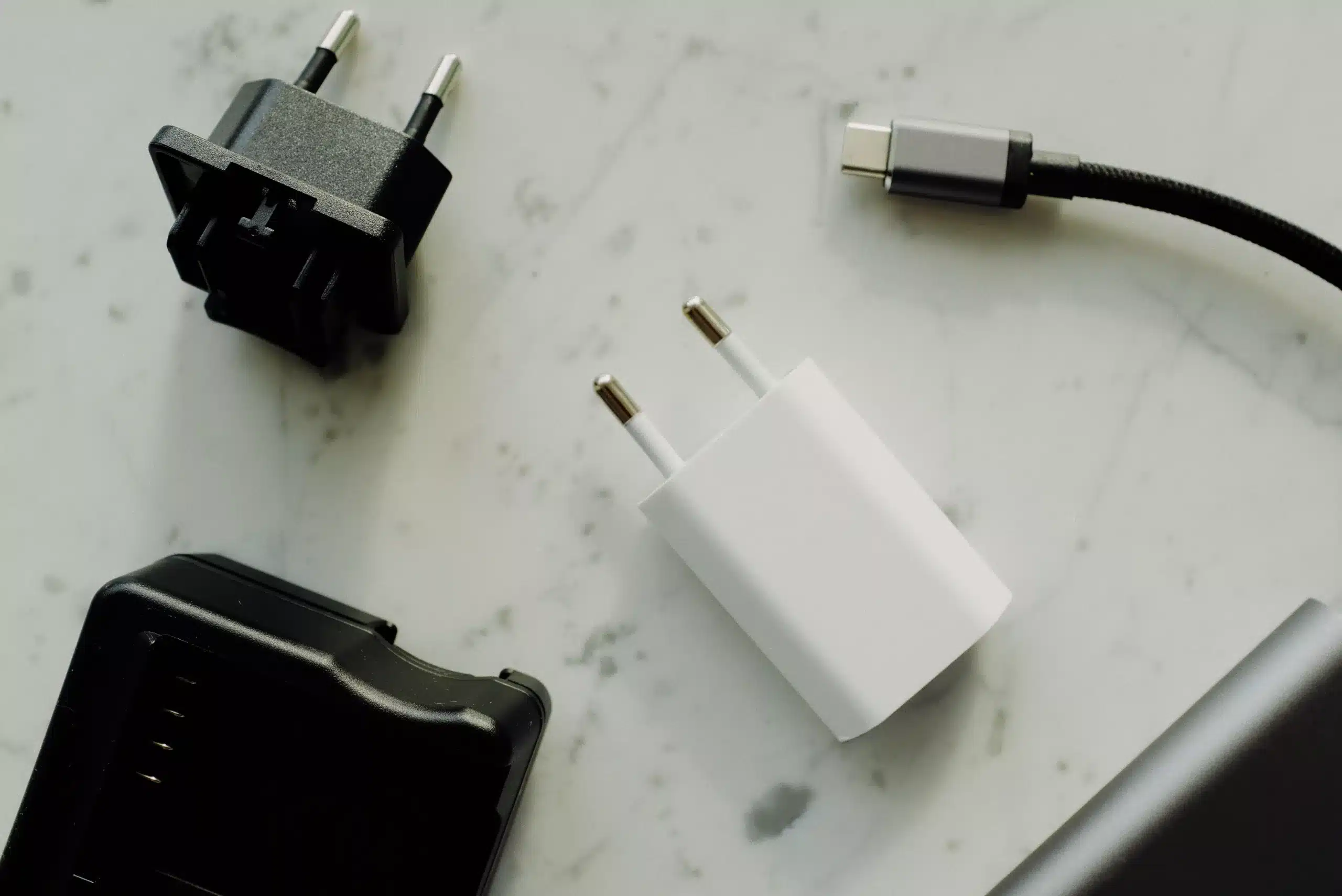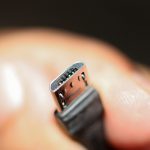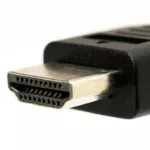
Introduction
The USB (Universal Serial Bus) connector has been integral to our digital lives for over two decades. During this period, it is witnessed that the humble USB evolved from its early iterations to the significantly improved and versatile USB Type-C. Standards have played a pivotal role in ensuring that USB technology remains relevant and efficient. This article unleashes USB Type-C’s emergence and standards’ role in providing seamless connectivity across multiple devices.
A Brief History of USB
The origin of USB traces back to the mid-1990s when several major technology powerhouses, including Intel, Microsoft, and Compaq, collaborated to create a standardised universal connector to replace the myriad of existing connectors. This effort gave birth to USB 1.0. As technology evolved, so did USB–leading to the development of USB 2.0, USB 3.0, and now USB Type-C.
Introduction to USB Type-C: The Significance
USB Type-C, often referred to as USB-C, is the latest and currently the most advanced USB connector standard. Introduced in 2014, it boasts a reversible design (meaning there’s no wrong way to plug it in) and a small, sleek form factor. But beyond aesthetics, USB-C promises faster data transfer speeds, greater power delivery capabilities, and a universal connector for all devices kinds. Its adaptability extends to various protocols, such as DisplayPort and Thunderbolt, making it a preferred choice for newer laptops, smartphones, and other electronics.
The advent of USB Type-C connectors marked a transformative landmark in the evolution of universal connectors. With USB Type-C, data transfer rates were significantly boosted, supporting USB 3.1 speeds and, in many cases, offering up to 10 Gbps data throughput. Furthermore, its capability to deliver power (up to 100W) paved the way for faster device charging and eliminated the need for a myriad of proprietary chargers.
Unlocking the Crucial Roles of Standards in Connectivity
Standards are of significant importance, ensuring USB Type-C connectors and cables function consistently, safely, and as expected across a plethora of devices. Some of the crucial roles of standards in USB Type-C connectors include:
- Universality Across Devices: One of the fundamental objectives of standardising connectors is to ensure their compatibility across a broad range of devices. Whether a smartphone, laptop, or tablet, a universal standard like USB-C ensures users don’t need multiple cables or adapters. This universality benefits users by reducing costs and the inconvenience of carrying several cables.
- Ensuring Quality and Performance: Standards serve as benchmarks for quality and performance, ensuring that every USB-C cable or device meets specific criteria for certification. This guarantees the device’s optimal performance and ensures safety, particularly when it comes to power delivery.
- Fostering Innovation: When manufacturers have a clear set of guidelines, they can focus on innovating within those parameters. For instance, knowing the power delivery capabilities of USB-C allows manufacturers to design devices that get power or charge using a bespoke standard.
- Future-Proofing Technology: Standards, particularly when widely adopted, ensure the technology remains relevant for years to come. USB-C, for instance, is designed to cater to future needs, with capabilities to support faster data transfer speeds and increased power delivery as technology evolves.
- Consumer Confidence: When consumers notice that a product adheres to recognised standards, they can buy confidently–knowing the product will work as advertised.
- Reduction in E-waste: By having a universal standard like USB-C, there’s potential to reduce the number of cables and adapters people need, thus helping reduce electronic waste.
Examples of Standards in Connectivity
Standards in connectivity define the ways different electronic devices and systems communicate with each other. Some prominent examples of connectivity standards across different domains include:
- IPv6 – The most recent Internet Protocol (IP) version, providing an identification and location system for computers on networks and routing traffic across the Internet.
- IEEE 802.11 – For wireless networking (Wi-Fi).
- Bluetooth – For short-range wireless data exchange.
- TCP/IP – For internet communication.
- USB – For connecting devices to computers.
- HDMI – For audio and video transmission.
- Thunderbolt – High-speed hardware interface. Thunderbolt 3 and 4 use the USB Type-C connector and offer high data transfer rates.
- 2G, 3G, 4G, LTE, 5G – Evolution of cellular network technologies, each bringing faster and more reliable mobile internet connections.
USB Type-C Connectors: Challenges and the Road Ahead
Despite the unparalleled advantages, the adoption of USB-C isn’t without challenges. One significant hurdle is the existence of non-standard compliant accessories in the market–failing to offer the same safety and performance levels. Another challenge is the transitioning from older USB standards to USB-C, requiring users and manufacturers to phase out older devices and cables.
However, with tech giants like Apple, Google, and Microsoft increasingly adopting USB-C for their devices, it’s clear that the standard is here to stay. As technology evolves, standards like USB-C will likely ensure that devices communicate effectively, power up safely, and deliver user-desired performance.
Bottom Lines
The development and adoption of the USB Type-C connector underscore the importance of standards in the tech industry. Through a universal approach, standards like USB-C simplify our digital lives, ensure safety and performance, and lay the foundation for future innovations. As we increasingly rely on several devices in our day-to-day lives, having a standardised connector that bridges the gap between them is not just convenient—it’s essential.





















